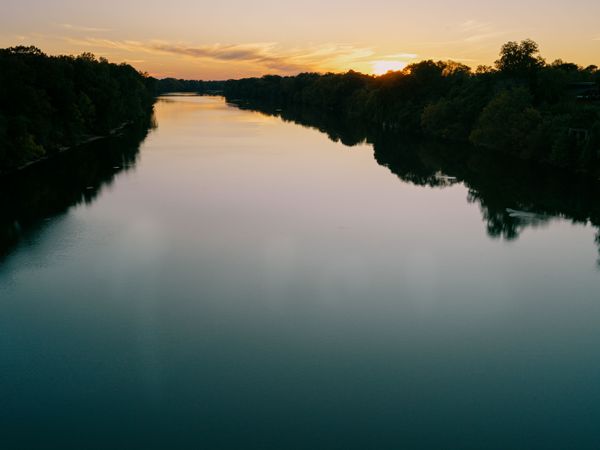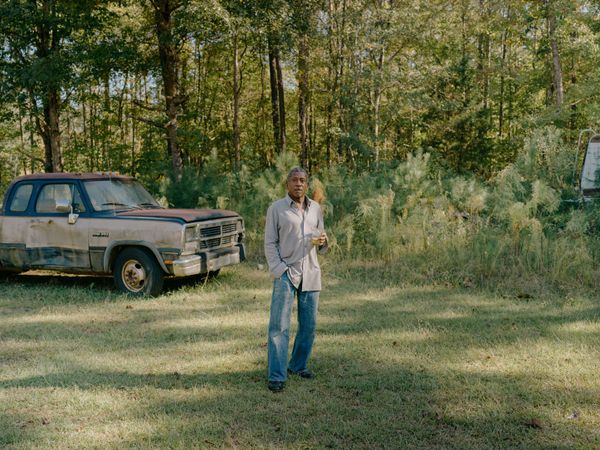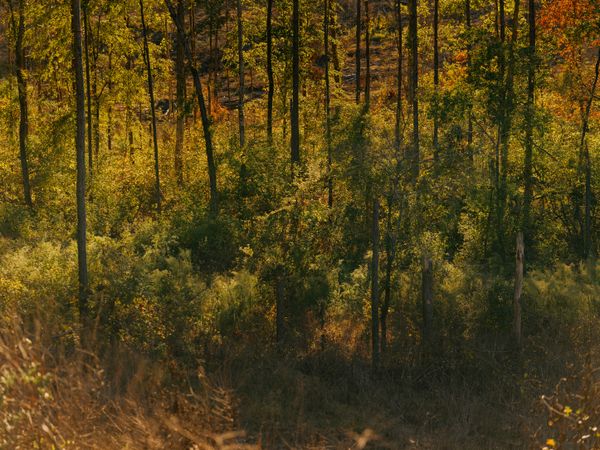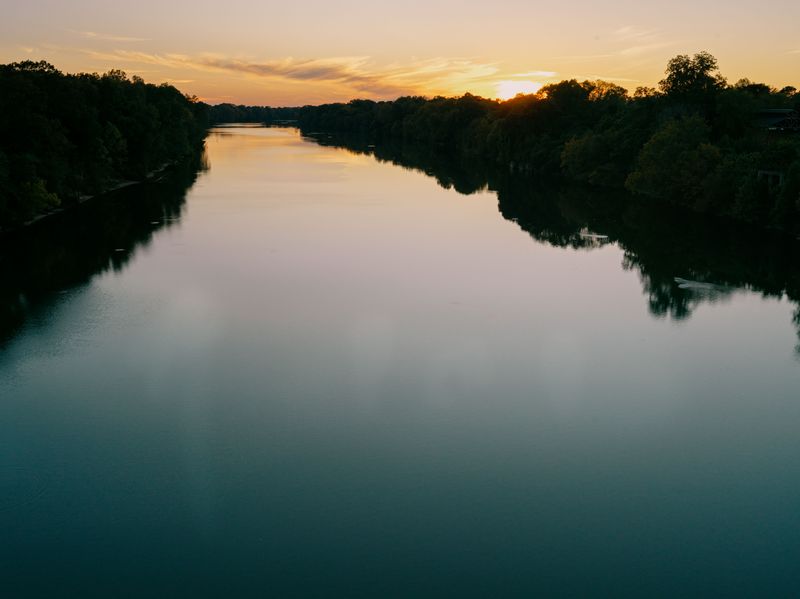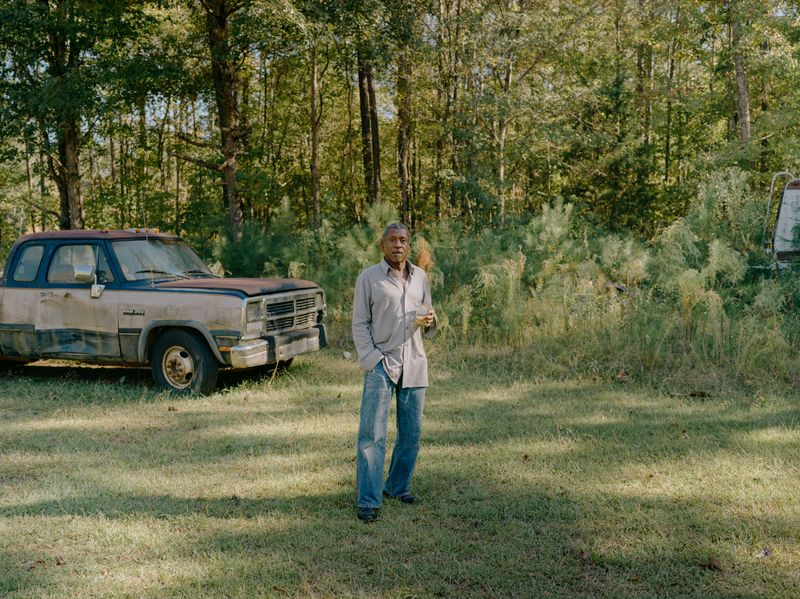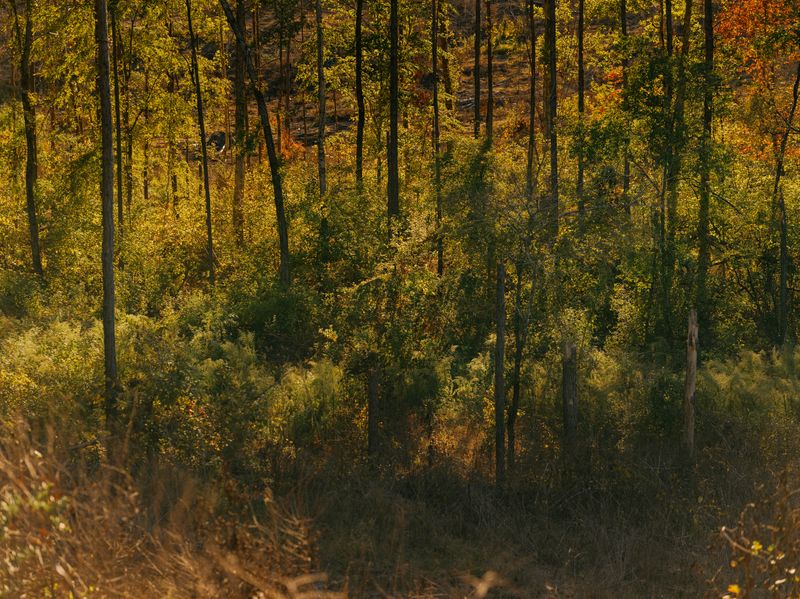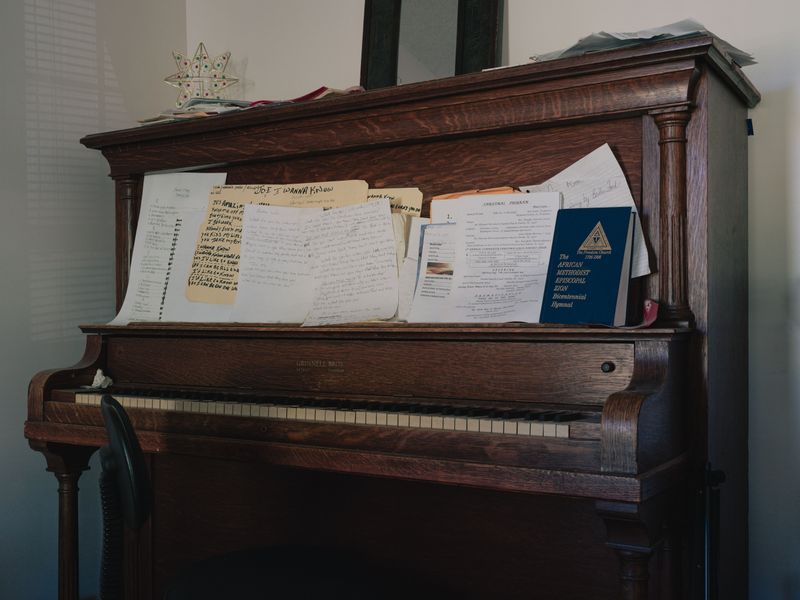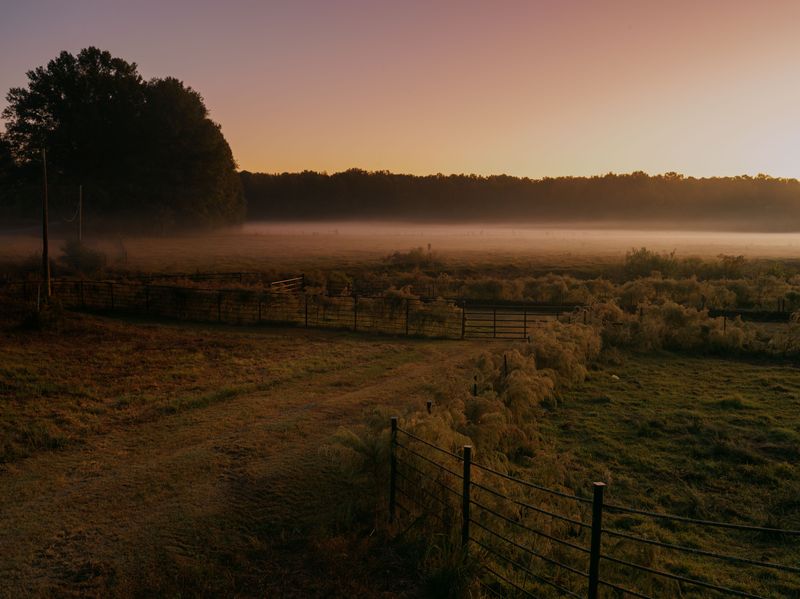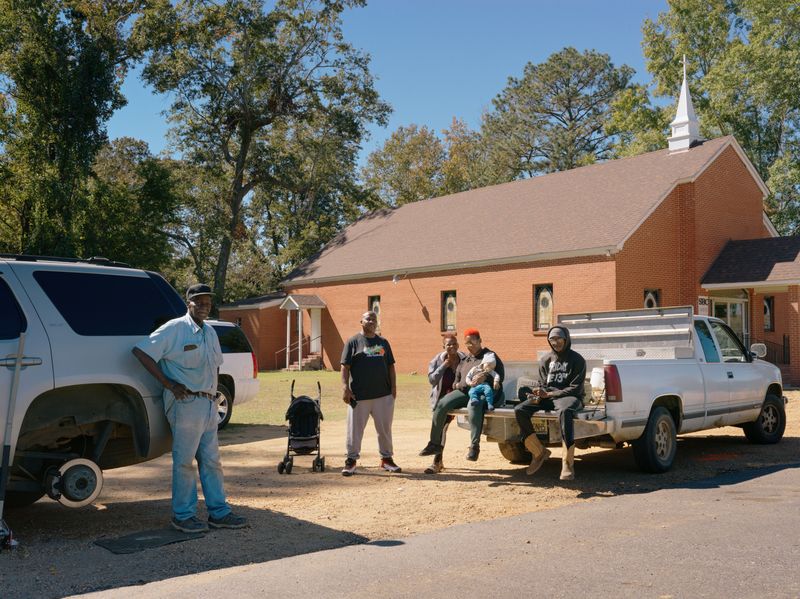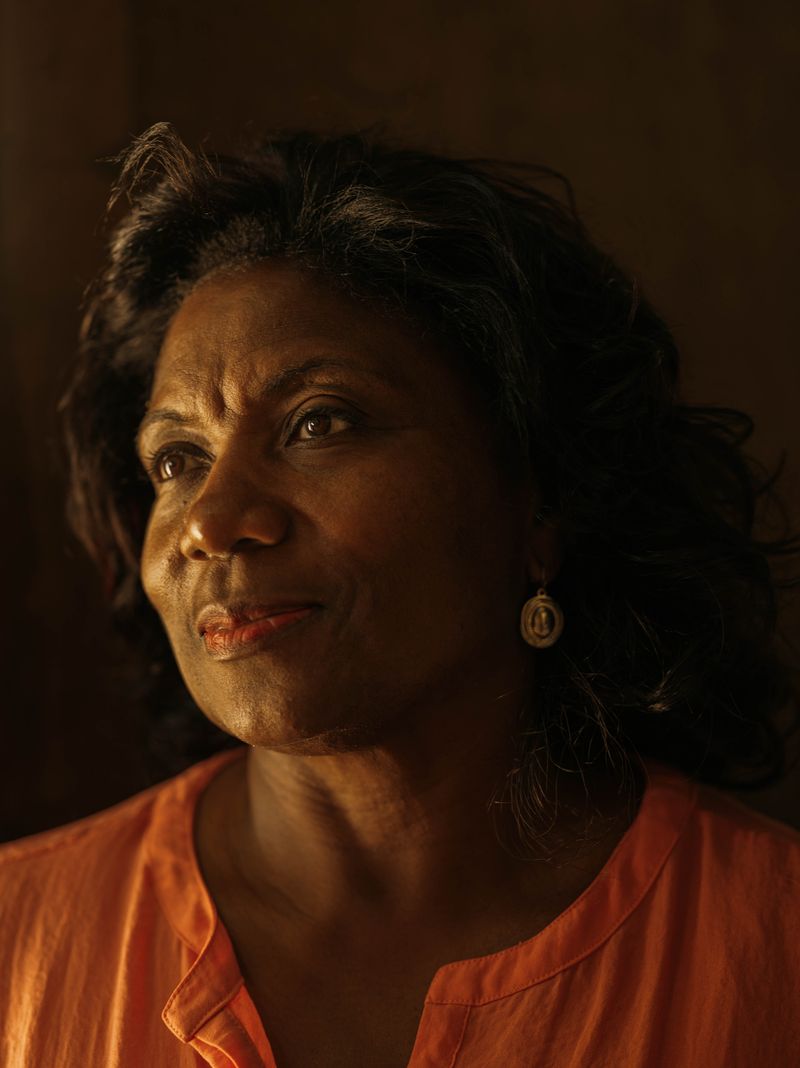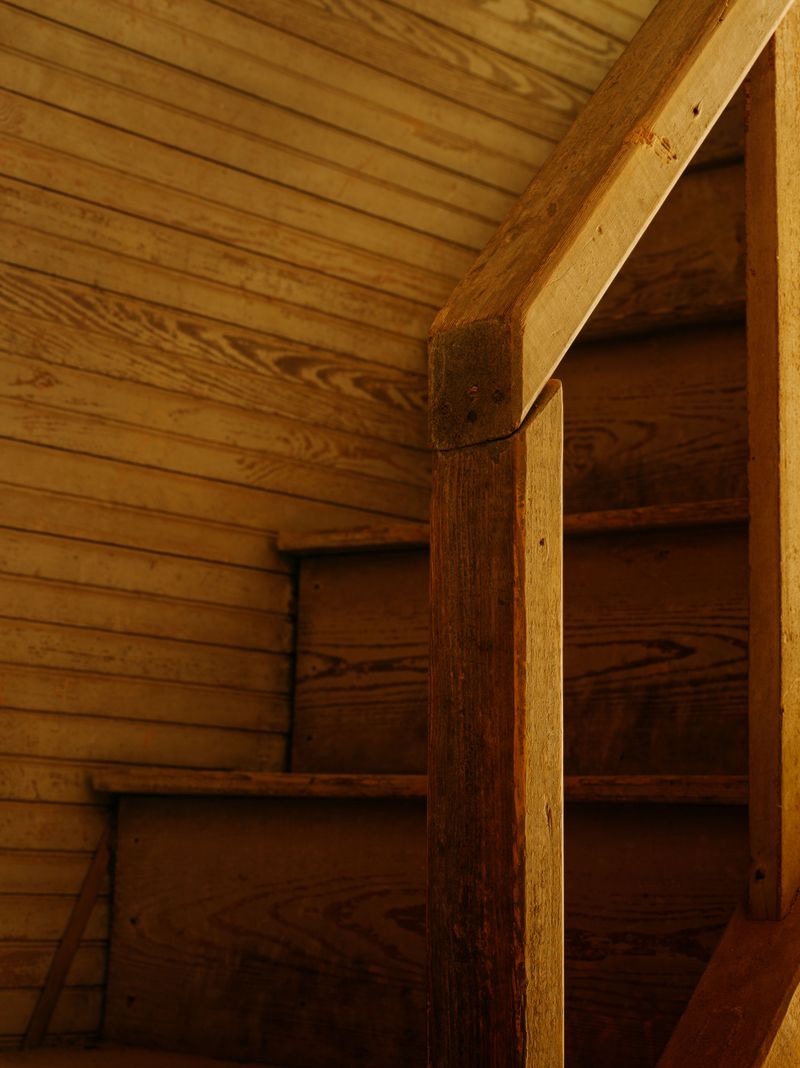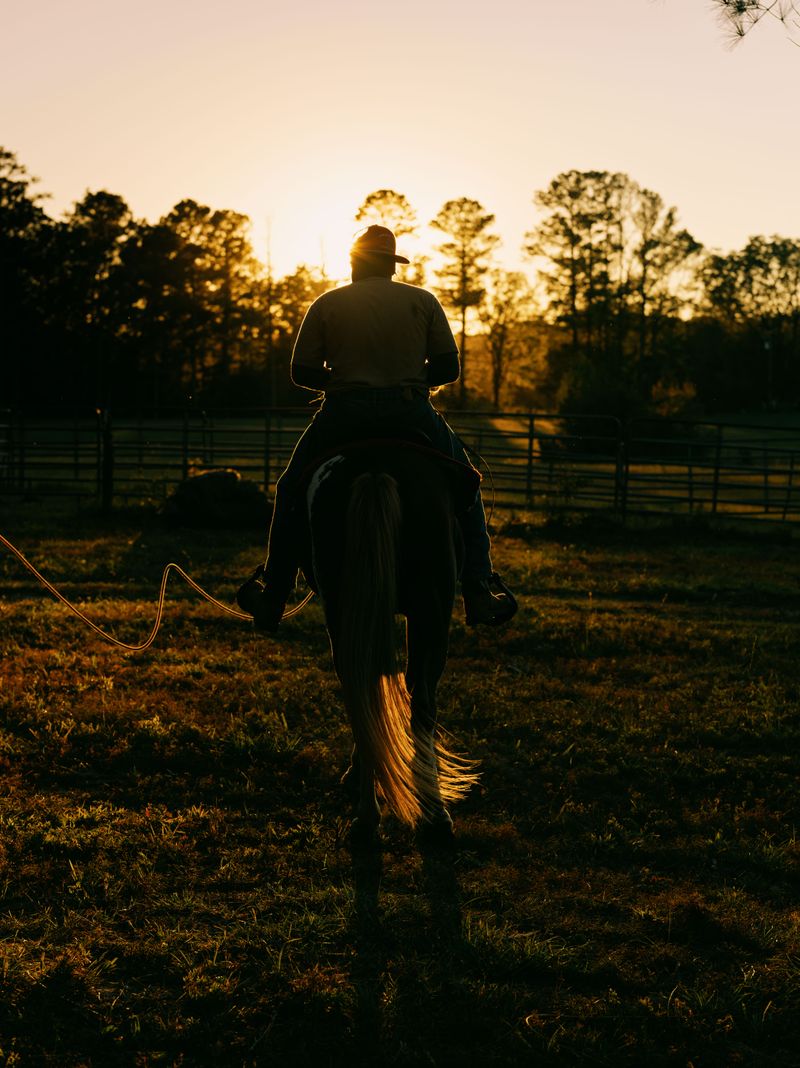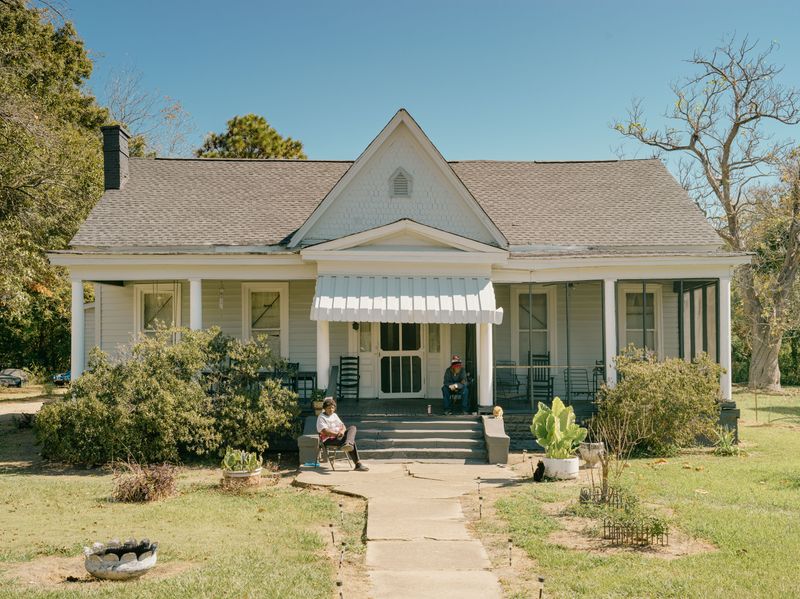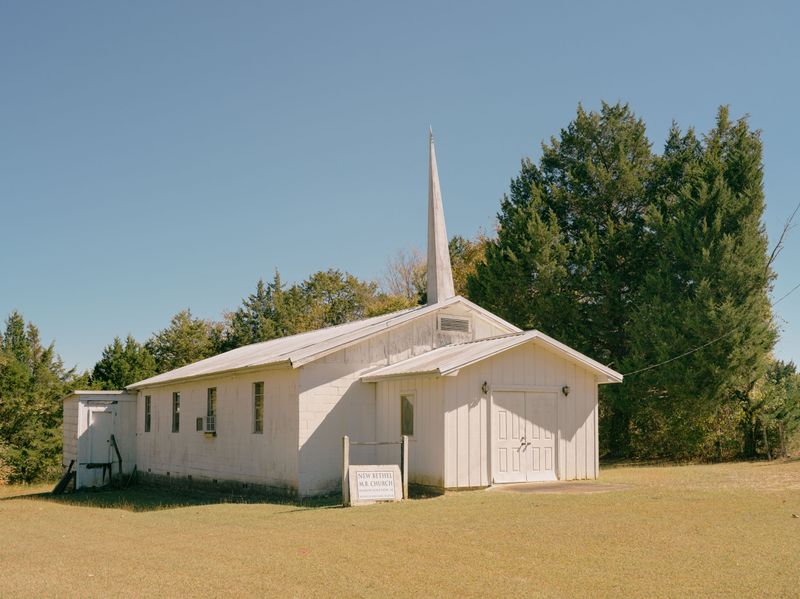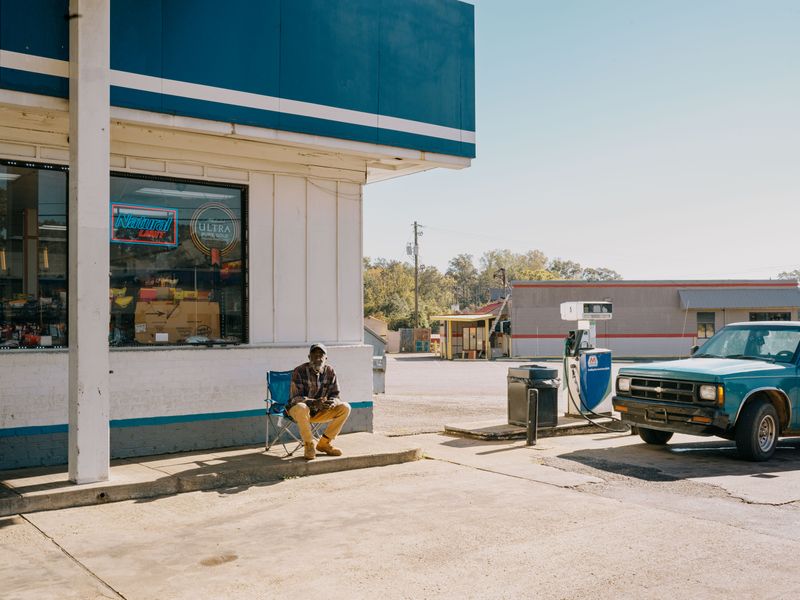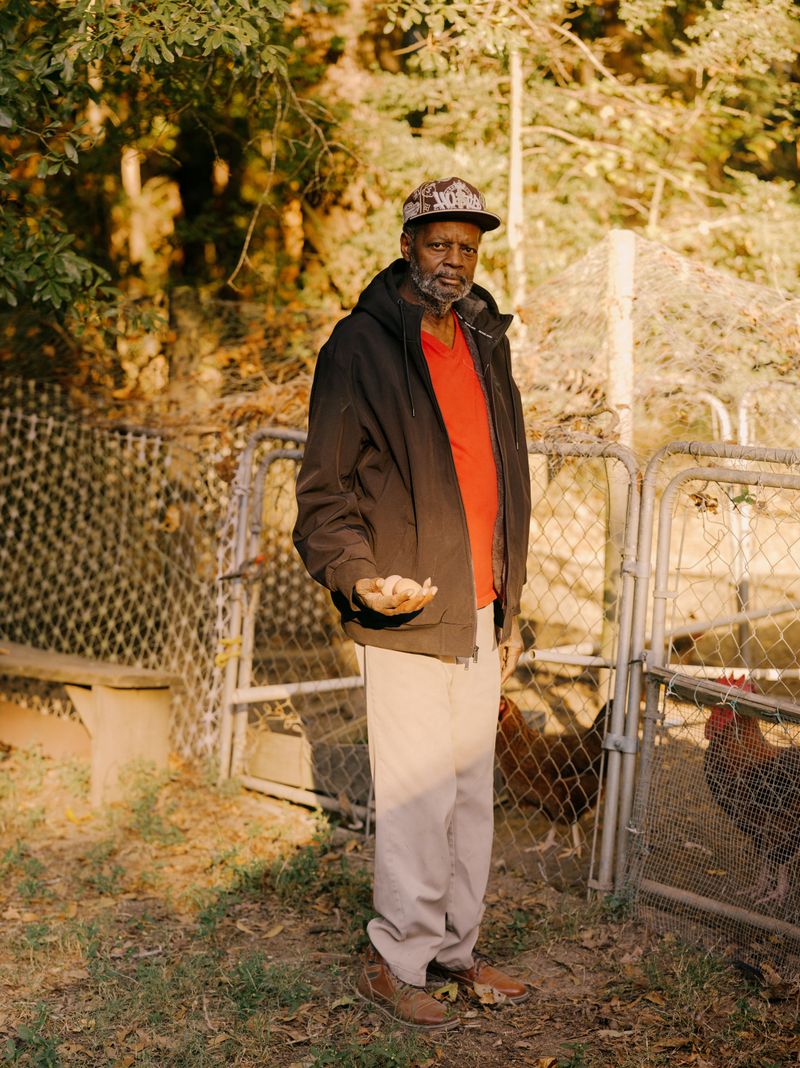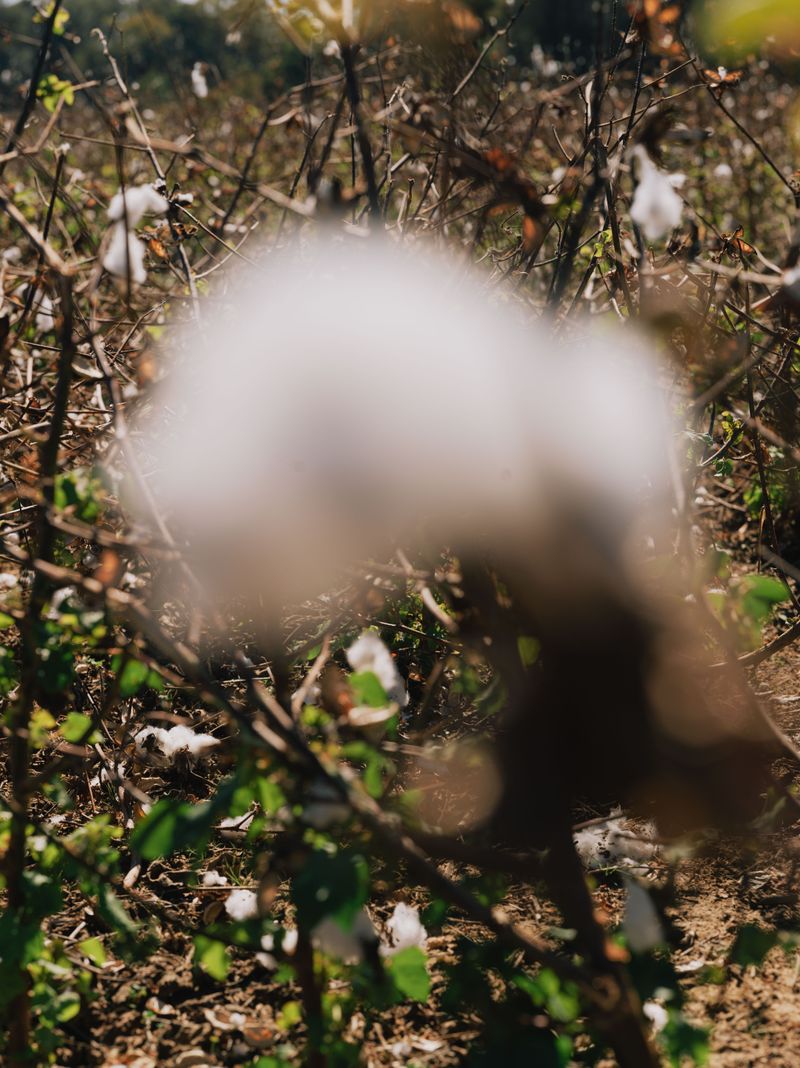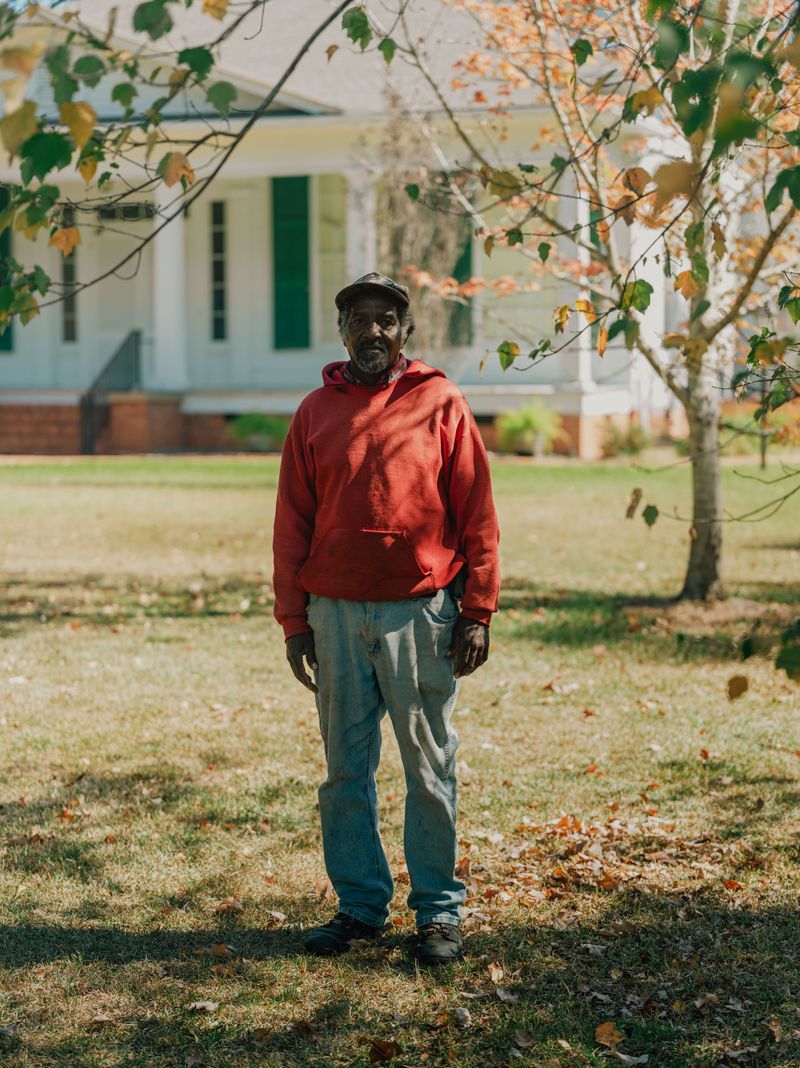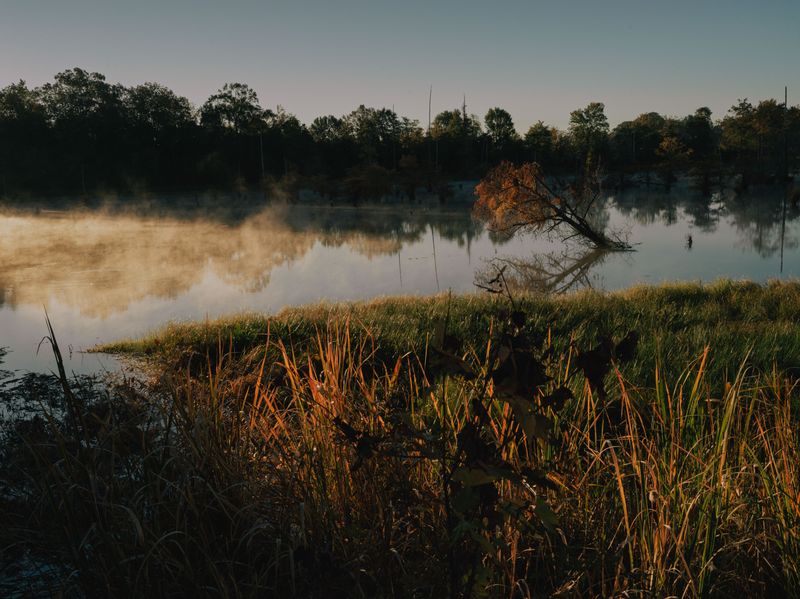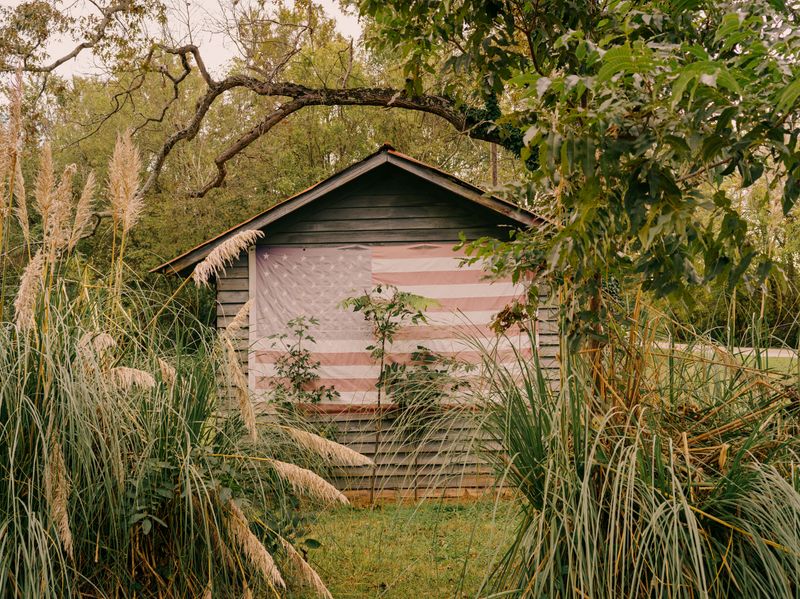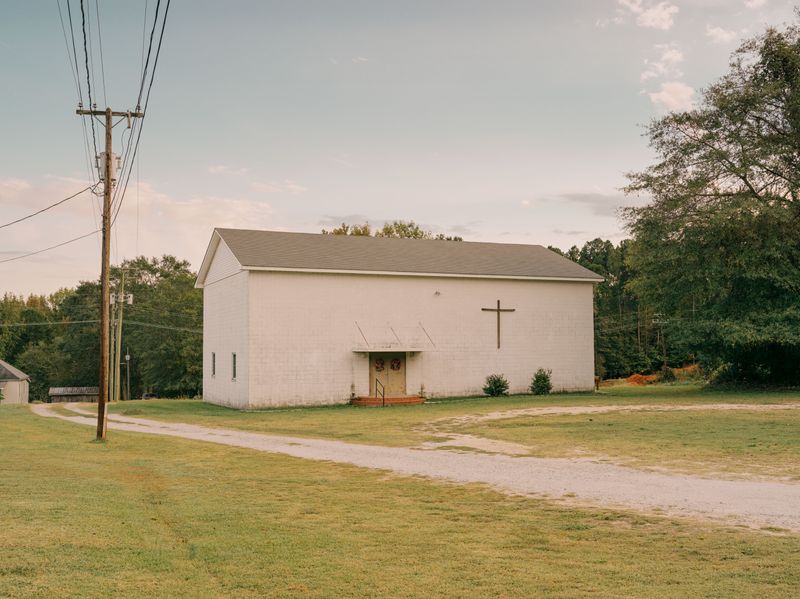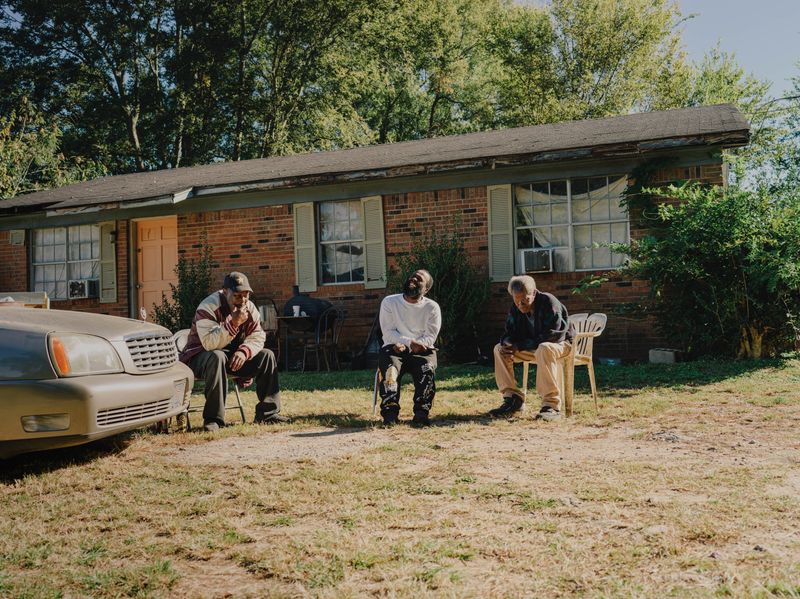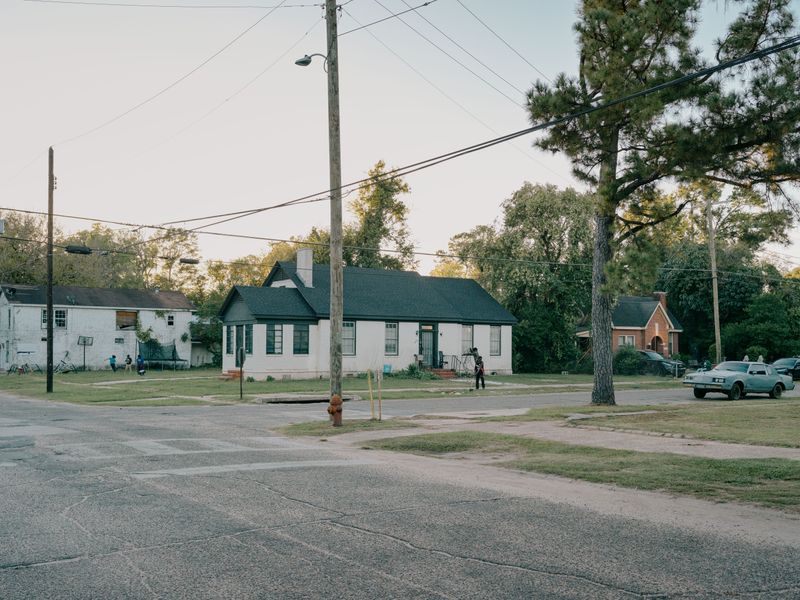How Many Rivers do we Have to Cross
-
Dates2024 - Ongoing
-
Author
- Locations Georgia, South Carolina, North Carolina, Alabama
Driven by a personal need to confront the pressing realities of race and equality, I delved into historical research. I embarked on a journey across the U.S. to regions where Black populations outnumber white populations.
This journey began when I travelled to Savannah, Georgia, for a commercial commission. On a free Sunday, I wandered to the city’s outskirts, where a predominantly Black community lived. The people, architecture, and traditions blended seamlessly, making my experience vibrant and profoundly moving. That experience stayed with me, and I knew I had to return.
Driven by a personal need to confront the pressing realities of race and equality, I delve into a historical research and set out on a journey across the U.S.—particularly to regions part of the Black Belt(1), where Black populations outnumber White ones. My goal was to connect unrelated events, people, and histories. My rule was to have a deeper human connection without presenting political views and introduce myself everywhere, regardless of distance or the atmosphere.
During the journey, I encountered a few rejections from white individuals due to my brown skin; however, being in the rural white areas of the USA was something I anticipated. Yet I was welcomed by Black communities who saw a shared history in my Indigenous features(2). These encounters led to powerful conversations and friendships. Photography became a bridge, and we exchanged stories, understood each other’s backgrounds, and shared moments of connection.
The stories I gathered revealed how capitalism continues to reinforce segregation and inequality. Even after emancipation in 1865, the wealthy—primarily white—elite have worked to keep Black communities marginalized and undereducated, widening the racial wealth gap. Meanwhile, U.S. state governments have actively erased Black history from school curricula, trying to obscure the struggles and horrors of the past.
As I continued my journey, I reviewed my images daily, learning from the events I witnessed and the people I met. Interestingly, the photographs embodied a duality, functioning both as a representational medium and a vessel for historical truth. While they construct a visual narrative shaped by perspective and context, they simultaneously bear the weight of historical memory, embedding layers of meaning that transcend mere representation.
The title of this project: How Many Rivers Do We Have to Cross? Is partly inspired by Bob Marley's words, who speaks to the long struggle for freedom—from the transatlantic slave trade to the present day. As I develop this project, I keep returning to the symbolism of water: it represents borders, immigration, separation, illusions, and danger. And the history of the rivers, which were crucial during the plantation era, transporting cotton to ports for export to Europe. Those symbolisms and their histories mirror the ongoing fight for racial equality, which still demands time, effort, and resilience.
This journey and project are still ongoing, and I plan to return—to explore more areas, uncover personal connections between my race and others, highlight the simplicity and resilience of Black communities, and capture the beauty of the landscape.
(1)As far as I can determine, the term was originally used to describe a region distinguished by the color of its soil. This area, known for its thick, dark, and naturally rich earth, was home to plantations where enslaved people were most profitable. Over time, the term has evolved to refer to counties where Black populations outnumber white populations.
(2) I will explore more in the 2nd part of this project.
